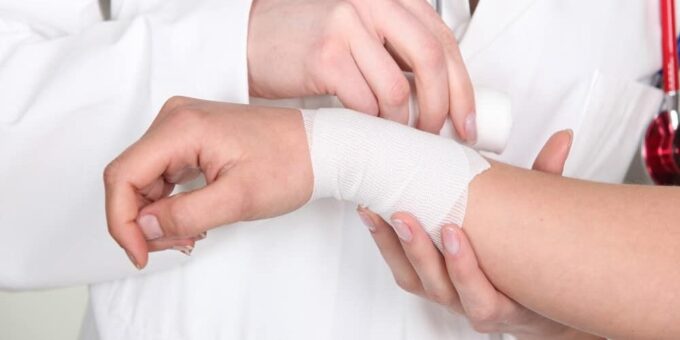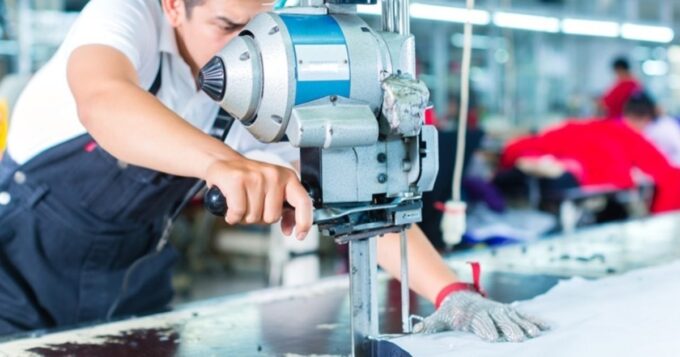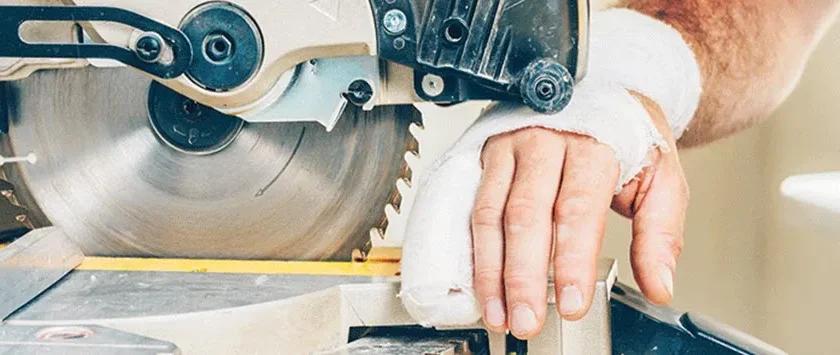Paintless Dent Repair (PDR), also known as Paintless Dent Removal is a quick, less invasive method of repairing car dents. Paintless dent repair is a method for repairing a range of defects so long as the paint surface remains intact. PDR helps you with hail damage, door dings, minor creases, significant scratches, and bodyline damage.
The PDR process takes far less time and typically costs less than conventional dent restoration techniques to return a vehicle’s body to brand-new condition. The top mechanics invest in good caliber PDR tools; because it is essential to expert performance. While knowledge and expertise are the two most important tools for anyone practicing PDR, having the correct instruments is an asset.

Soft Tissue Injury
Practices To Avoid Injury And Damage
If overcorrection is necessary, it is preferable not to attempt dent repair on your own. To adjust the curvature of the car panel, only mechanics with experience extending the metal from both sides can repair it correctly.
Learn Before Doing
It is crucial to learn the skill before practicing it. Even if you stick with one tool being a beginner, choose one in mind before you start the repair process. However, if there is more than one repair, prepare to modify your plan or adapt to new situations or injuries.
Practice First
If you’ve never done paintless dent repair before, don’t immediately take your tools and start hammering away at the damage. Try first by working with a panel that is not broken, probably the one in your scrap. With this method, you can get comfortable with the tools you’ll be using and gain the ability to spot areas with damage without any injury.

Source: hsi.com
Evaluate Properly
To begin with, carefully assess the damage. Avoid claiming to a consumer that you can fix a dent with PDR before inspecting the damage and performing a complete inspection. Due to the positioning and scope of the damage, which might impact how the repair ends, specific locations are simply inappropriate for this type of repair.
Select Right Tools
For successful PDR, pick the appropriate tools. You must have a good mix of reach and leverage equipment in your toolbox. While you can be resourceful by using things you already own, it’s vital to ensure that you buy the right equipment for the job to guarantee success.
Work Slowly And Patiently
Go slow as you refine your PDR technique to refrain from injury. Working slowly and carefully is the best way to do this kind of repair. Finding the correct pressure and entry angle requires patience and careful attention to each operation.
Read Manual Instruction Properly
Read the instruction manual for the instrument carefully to achieve the best results while mending dents. It will guide you through each step of a specific dent region that you should be mindful of. The instruction guide will also help you to set up the tools before applying pressure to the dent.

Adequate Lighting
Invest in sufficient light exposure to achieve the best PDR outcomes. You can determine how much pressure is essential to make the right alignment by placing a light over the dent. This can be useful for large body panels that are sufficiently adaptable to allow you to press a bubble into them while fixing the harm.
Advantages Of Paintless Dent Repair
Due to its speedier and more organic method of fixing the automobile’s bodywork, PDR has many positive aspects. Here are some of the many advantages that PDR will have for your car, the environment, and your wallet:
- When you compare it to traditional procedures, paintless dent repair is much faster because it requires a few steps and is quicker. The latter is a lengthy procedure that involves first fixing the auto damage, then fixing the paint damage, and finally taking the extra time needed for the paint to dry. By eliminating some components, the PDR is a time-efficient method.
- With the traditional car repair strategy, more paint repair is required, increasing the cost of your vehicle. The PDR process helps to avoid this. Massaging the panel to its final state of restoration avoids the need for extensive repairs and ultimately saves you money.
- The Paintless dent restoration uses particular tools and methods to return the metal to its original position without utilizing a complete vehicle repair and painting process. It prevents extra harm that might occur during the auto repair process. It results in saving time and maintains the car’s original factory shine.
- If you intend to sell your car, you should be mindful that any paint fixing or other corresponding repairs that are apparent on the vehicle impacts its resale value. In the end, PDR aids in maintaining the initial car body finish, restoring its authenticity and retaining value.
- The harmful chemicals used in automotive paints generate poisonous vapors known to harm the environment and people’s health. The technology assists in reducing the environmental concerns relating to paint repair through its paint-less methodology.
- Your car could sustain numerous dents if it is caught in a hailstorm. The most effective solution for fixing hail damage is frequently paintless dent repair.
- Modern automotive paint is good at deflecting scratches during an impact that causes a dent. Paintless dent restoration is a perfect fit when there is no paint tarnishing.

Source:pidor.com
Conclusion
Several kinds of dents and dings are repairable with the paintless dent repair process. The PDR process is safe, but it requires skill and training to gently push the dent from the opposite side of the panel, restoring its position. Always get advice from your auto care professional and stay clear of any considerable repairs.
PDR’s approach relieves the supplier of the concerns in paint color matching, spraying appearance, or fixing shrinkages without requiring replacement of the entire panel. A usual conventional procedure involves using paints, synthetic products, and diluents that are dangerous materials that need careful handling.; however, paintless dent repairs are environmentally friendly.

